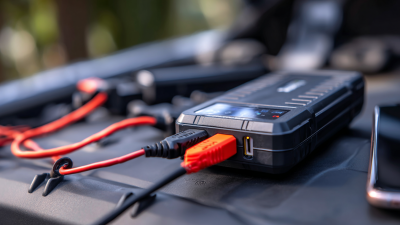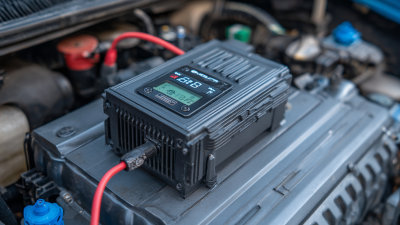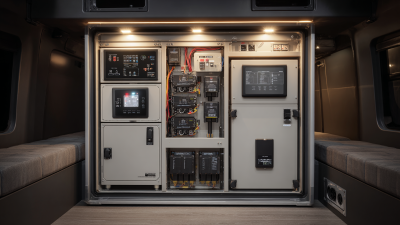
-
Home
-
About Us
-
Products
-
Total Solution
-
News
-
Blog
-
Contact Us
Leave Your Message
-
-
Phone
-
E-mail
-
Whatsapp
-
Whatsapp



In today's fast-paced world, the need for reliable power sources on the go has never been more essential, particularly for those who spend significant time in their vehicles. A car inverter is an invaluable tool that enables you to convert your car's DC power into AC power, providing the electricity necessary to charge devices or run appliances while traveling. With the right car inverter, you can easily power your laptop, keep your gadgets charged, or even run small electronics during road trips or camping adventures. However, with so many options available, it can be challenging to determine which car inverter suits your specific needs. This guide presents the eight best car inverter options to help you select the ideal model that meets your power requirements, ensuring that you stay connected and powered up, no matter where the road takes you.
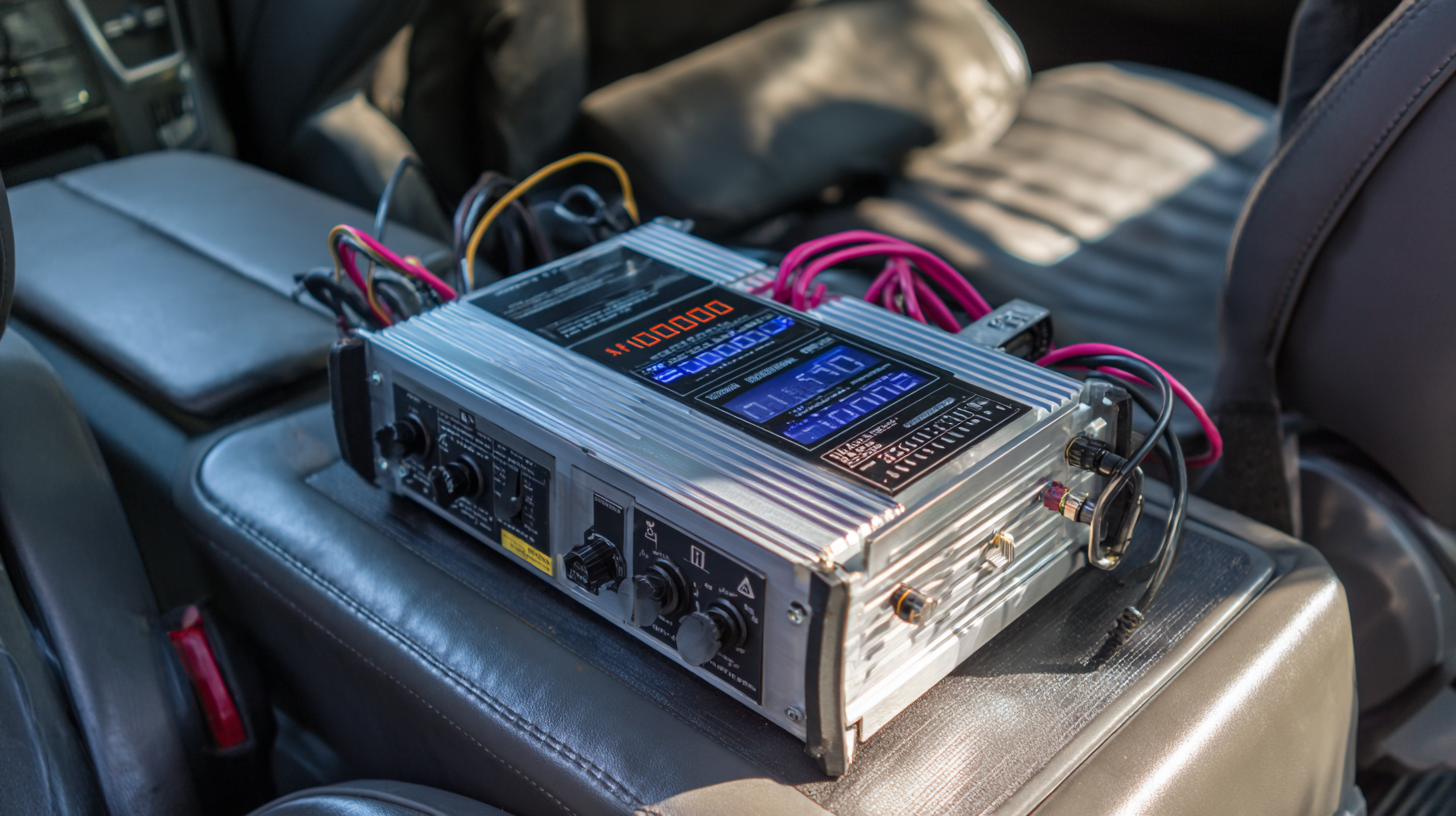
When selecting a car inverter to meet your power needs, several key features must be considered.
First and foremost, the inverter's power output is crucial. Inverters typically range from
150 watts to 3000 watts, depending on the devices you aim to power.
According to a report by Markets and Markets, the demand for inverters is expected to grow at
a CAGR of 7.6% from 2020 to 2025, emphasizing the importance of choosing the right inverter to accommodate
a range of devices, from laptops to small appliances.
Another significant consideration is the inverter type, which can be a modified sine wave
or pure sine wave. Modified sine wave inverters are generally less expensive and sufficient
for simple devices, but they may not work with sensitive electronics like medical devices or advanced laptops.
A study by the International Electrotechnical Commission (IEC) highlighted that pure sine wave inverters, while more
costly, can provide cleaner power, reducing the risk of device damage and offering
better efficiency, which is crucial when powering high-demand electronics. Therefore, assessing the type and output
capacity of the inverter will ensure that your devices are powered safely and effectively during travel.
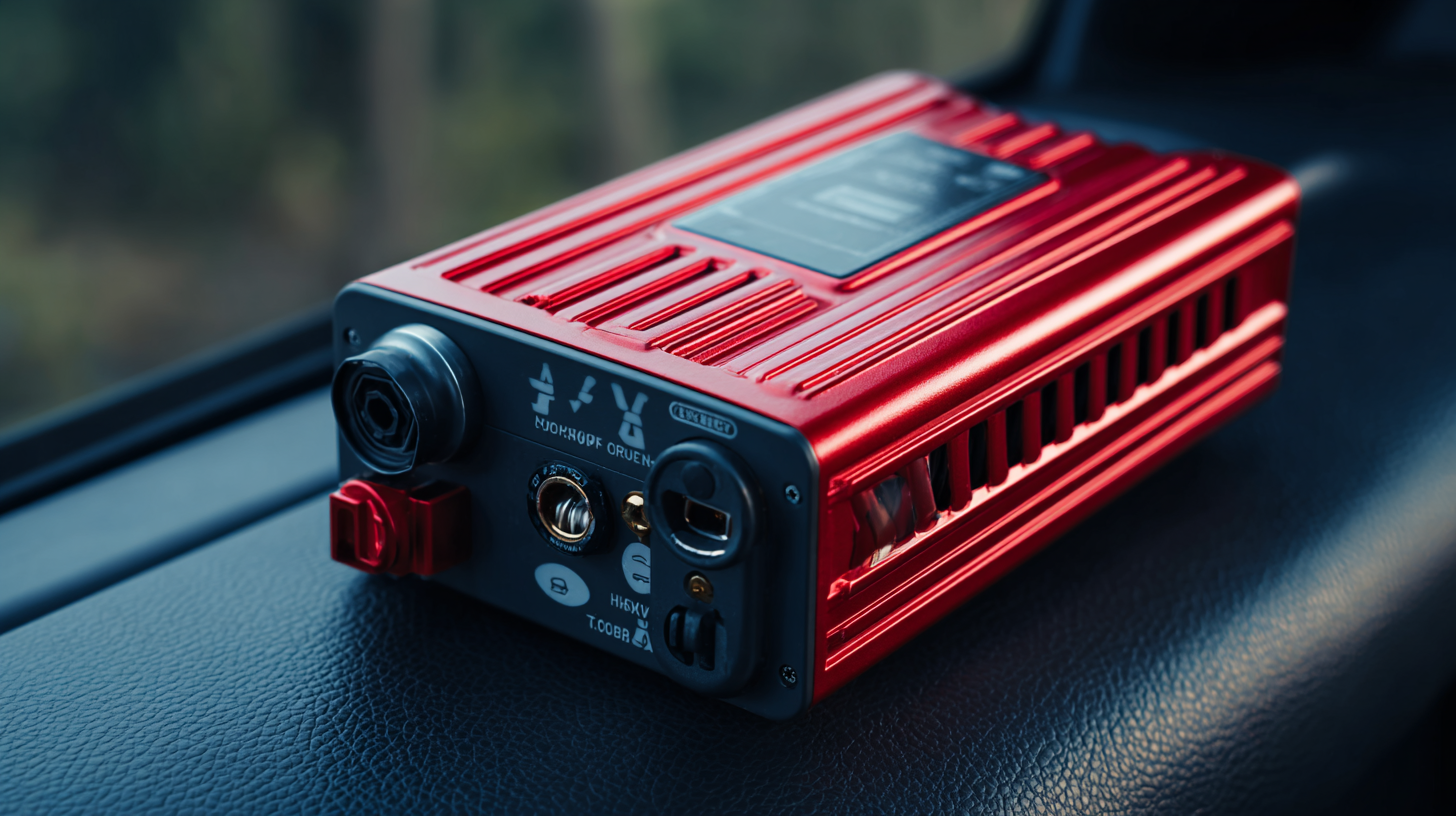
When it comes to powering devices on the go, choosing the right car inverter is essential for maximizing your power needs. The market today offers a variety of inverters that cater to different requirements, from charging smartphones to powering larger appliances. According to a recent industry report by MarketsandMarkets, the global automotive inverter market is predicted to grow significantly, driven by the increasing demand for portable charging solutions and the rise in electric vehicle users. This growth underscores the importance of selecting an inverter that aligns with your specific energy needs.
When selecting a car inverter, consider the wattage output. Inverters typically range from 150 watts to 3000 watts, allowing you to power anything from a small tablet to a full-sized refrigerator. For road trips or camping, look for inverters that provide both AC and USB ports, ensuring you can charge multiple devices simultaneously. Additionally, choose a model with built-in safety features, such as over-voltage protection and short-circuit prevention, to protect your devices and your vehicle.
**Tips:** Always check the total wattage of the devices you plan to use, and allow a margin for safety. If you frequently travel with multiple electronics, consider a higher wattage inverter to accommodate all your needs without interruption. Additionally, ensure that the inverter is compatible with your vehicle’s power outlet capacity for optimal performance.
When considering the best car inverters for your power needs, understanding the difference between modified sine wave and pure sine wave inverters is crucial. Modified sine wave inverters are typically more affordable and work well with simple electronics, such as lights and fans. However, they can cause issues with sensitive devices, potentially leading to inefficient operation or damage over time. For instance, if you plan to power appliances such as laptops or medical devices, a modified sine wave inverter may not be adequate.
On the other hand, pure sine wave inverters provide a cleaner and more reliable power output, mimicking the electricity supplied by your home. This makes them ideal for sensitive electronics and ensures optimal performance. Although they come at a higher price point, the investment is worthwhile for those who regularly use high-end equipment or electronics in their vehicles.
**Tips:** When choosing an inverter, consider the total wattage requirements of your devices to ensure compatibility. Additionally, look for safety features like overload protection and thermal shutdown to prevent damage to both the inverter and connected devices.
When selecting a car inverter, safety and efficiency ratings are paramount to ensure a reliable power supply for your devices. Look for inverters that feature built-in safety mechanisms such as short-circuit protection, overload protection, and overheating protection. These features not only safeguard your equipment but also enhance your overall driving experience by allowing you to power electronics without worry.
Efficiency ratings are equally important as they indicate how well the inverter converts the car's DC power to AC power. An inverter with a high efficiency rating minimizes energy loss, which is crucial for long road trips where battery conservation is essential. It’s advisable to choose inverters with at least 90% efficiency to maximize your power utilization.
Tip: Always check the wattage requirements of your devices before purchasing an inverter. Ensure that the inverter can handle the total wattage, including surge requirements of devices like microwaves or laptops.
Tip: Consider an inverter with multiple outlets and USB ports. This adds versatility, allowing you to charge multiple devices simultaneously, from laptops to smartphones, enhancing the functionality of your car's interior.
When selecting a car inverter, user feedback plays a crucial role in understanding real-world performance and reliability. Through comprehensive analysis and performance metrics, many users highlight their experiences regarding efficiency, ease of use, and how well these inverters meet their power needs during road trips or daily commutes. Features such as the number of outlets, USB ports, and surge protection often lead to significant differences in user satisfaction and overall functionality.
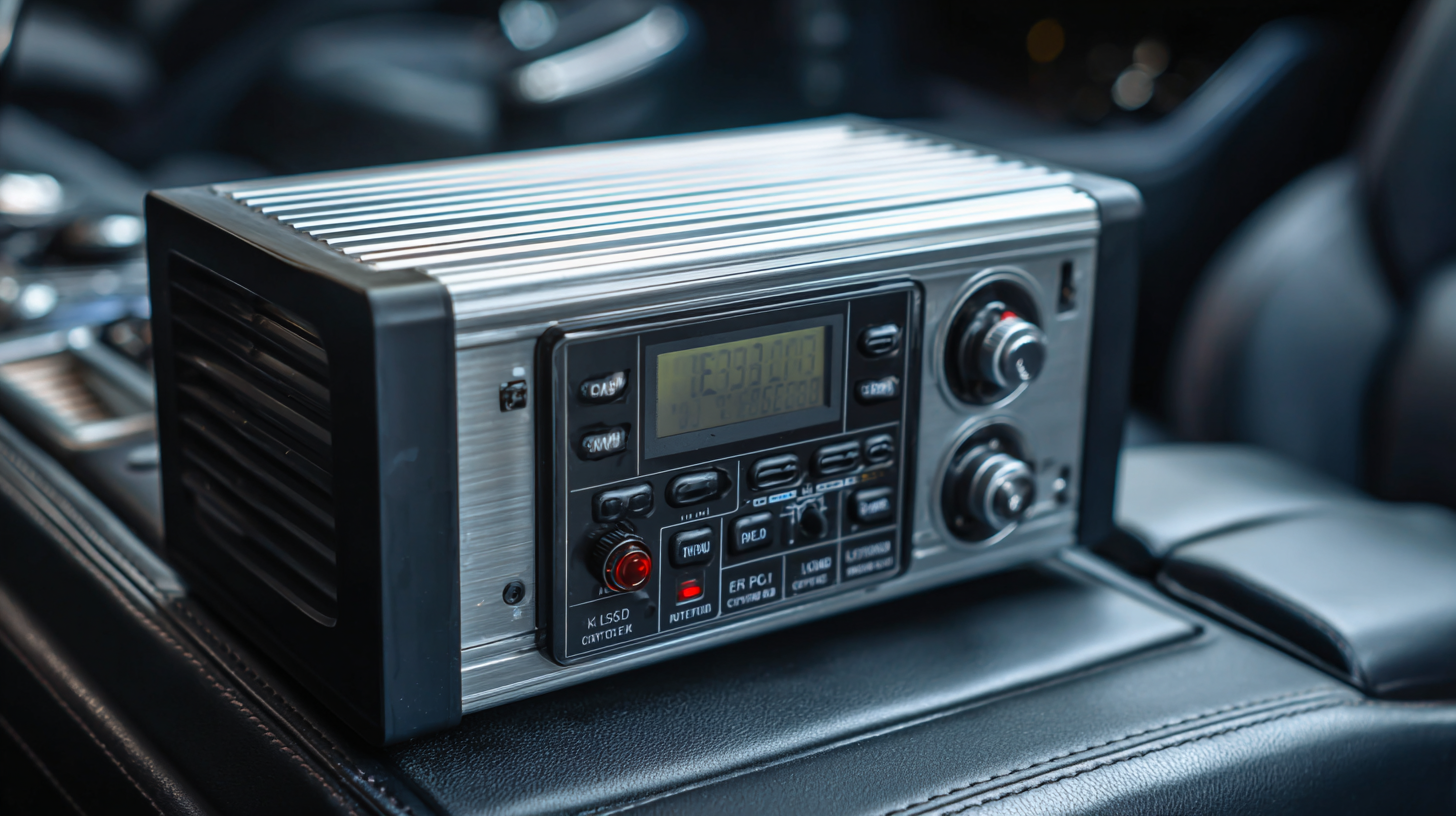
Moreover, comparing various car inverter models reveals insights into their adaptability to different power devices, including laptops, smartphones, and other electronics. Users have noted that inverters with higher wattage capabilities tend to perform better under load, providing a steady power supply without the risk of overheating or shutdowns. The inclusion of feedback regarding build quality and portability can further guide potential buyers in their decision-making process, ensuring they choose an inverter that not only fits their power requirements but also stands up to the demands of everyday use.
